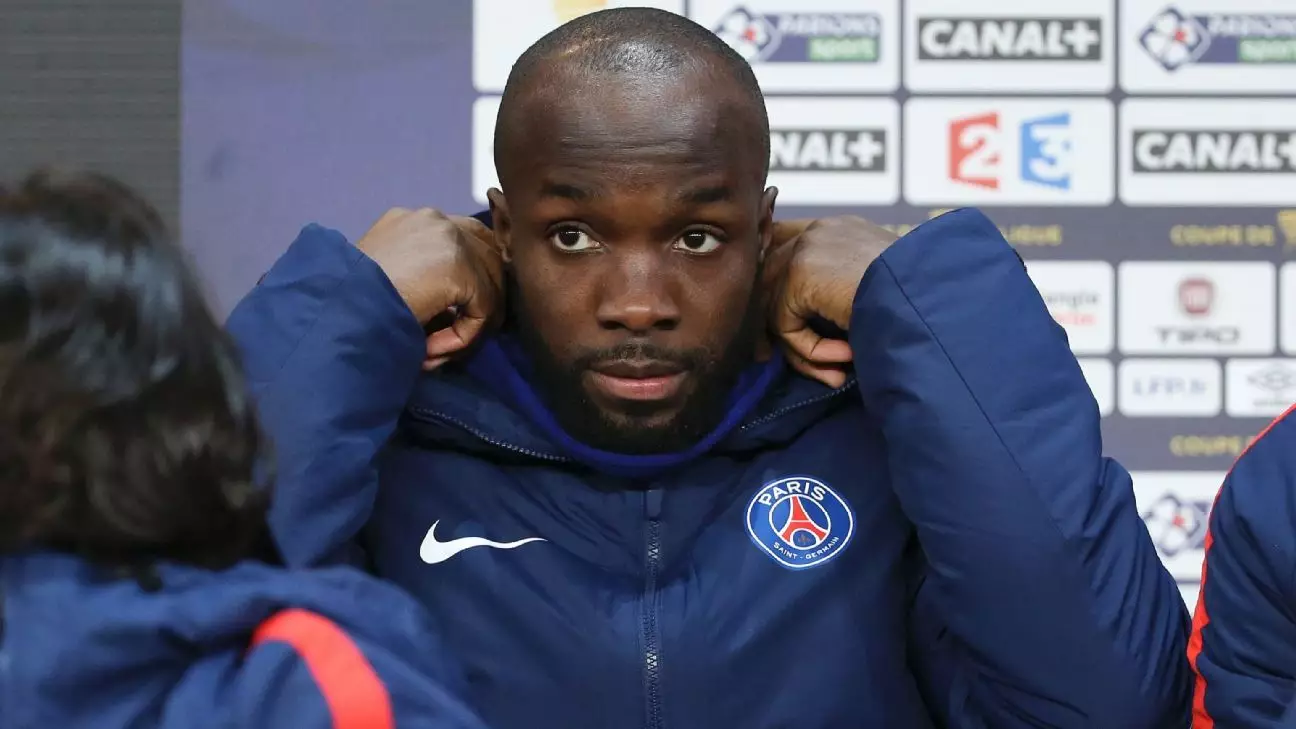Lassana Diarra’s recent legal triumph marks a pivotal turning point in the ongoing struggle between individual players and the monolithic authority of FIFA. For years, athletes like Diarra, who once graced stages with Chelsea, Arsenal, and Real Madrid, faced systemic barriers that stifled their mobility and economic independence. His determined pursuit of €65 million in compensation is not merely about personal vindication; it symbolizes a broader challenge to the oppressive structures embedded within international football governance. This case exposes the fragile balance of power, revealing how FIFA’s restrictive transfer regulations have long impeded fair competition, often at the expense of players’ foundational rights.
This legal odyssey underscores the desperation among players to reclaim sovereignty over their careers. Faced with dismissive negotiations and opaque rules, Diarra’s willingness to challenge the establishment demonstrates a rare courage in a sport dominated by corporate interests and bureaucratic inertia. His stance is a wake-up call, illuminating the need to scrutinize and overhaul a system that prioritized club profits over individual fairness and legal compliance.
Legal Triumphs and Their Broader Implications
The European Court of Justice’s ruling that certain FIFA rules contravene the EU’s labor and competition laws is a resounding endorsement of players’ rights. It signals an infusion of legal authority into a domain historically dominated by FIFA’s unilateral rule, which often dismissed players’ concerns as secondary. This decision not only grants Diarra a hefty financial award but also sets a precedent—a crack in the fortress of FIFA’s regulatory hegemony.
FIFA’s response, emphasizing ongoing efforts to amend regulations, feels like a strategic façade rather than a substantive change. Their acknowledgment of the court’s guidance is a tacit admission that longstanding practices may have been misaligned with European legal standards. The ongoing case in Belgium and potentially a class action involving tens of thousands of players is poised to accelerate reforms, pushing FIFA into a corner where it can no longer ignore the principles of fair competition and athlete rights.
This legal front also raises profound questions about the organization’s accountability. Will FIFA genuinely reform its policies, or will it attempt superficial fixes to sustain its authority? From my perspective, genuine transformation is unlikely without external pressure from legal judgments and collective player mobilization. Diarra’s case breathes new life into the collective fight for transparent, equitable transfer rules.
The Human Toll and the Fight for the Marginalized
Behind the courtroom battles lie the personal stories of players like Diarra—individuals caught in a web of contractual disputes, financial insecurity, and career uncertainty. His declaration that he fought not just for himself but for lesser-known players underscores a vital, yet often overlooked, aspect of this struggle. Many athletes lack the resources, visibility, or legal acumen to challenge systemic injustices, rendering them vulnerable to exploitation and marginalization.
Diarra’s perseverance exemplifies an empowering, albeit rare, voice advocating for justice. His willingness to stand up against FIFA’s formidable machinery signals a moral stance—one that champions the dignity and rights of every player, regardless of their fame or fortune. The ongoing class action could catalyze a transformative change, ensuring that hundreds of thousands of players are protected from unfair contractual practices, thereby fostering a more equitable sporting environment.
From a critical standpoint, this case also raises questions about the wider influence of corporate interests in football governance. The sport’s commercialization has often compromised players’ rights, prioritizing club and federation profits over fairness. Diarra’s battle demonstrates that only through persistent legal activism and collective pressure can the tide turn towards a more player-centric model. It challenges the myth that FIFA’s rulebook is invincible, revealing instead a landscape fraught with contradictions and opportunities for reform.
Ultimately, Lassana Diarra’s legal crusade reveals a larger, more urgent narrative about justice in global football. It urges stakeholders—players, authorities, and fans alike—to reconsider the foundational principles of fairness, mobility, and respect. This is not just a victory for one player but a wake-up call for the sport’s governing bodies to shed their complacency and embrace genuine reforms. The power dynamics are shifting, and with it, the hope that football can become a realm where individual rights are protected and upheld against the overwhelming machinery of institutional control.


Leave a Reply